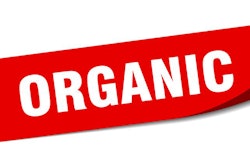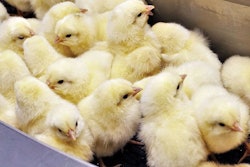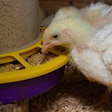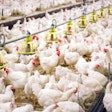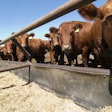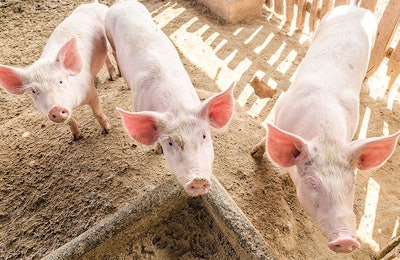
3 take-home messages from the recent news
In recent days, it has become big news that two major U.S. hog packers no longer process pigs fed with ractopamine. If you are not part of their hog system or the supplier of this feed ingredient, why should you care that 40% of U.S. hog production is no longer being considered a client of a particular product?
In my opinion, there more important take-home messages we can retrieve from this otherwise colorless piece of news – if your business is not directly affected by it.
-
Profits will come from hog exports
The African swine fever (ASF) virus continues to expand and it will not stop in the foreseeable future. With almost 30% of global pigs gone and more expected to follow, those who still produce pigs in clean areas expect a bonanza from exports. The U.S. is long from selling to China, in my opinion, but ASF will create tremendous demand for pork worldwide. So, hog exports are where profits are expected.
-
Expect politics to dictate the rules
When your industry is geared for exports, you have to abide by the rules of the importing countries unless you can convince them otherwise, and this is where politicians can earn their wages by thinking ahead. Seen from another perspective, the barriers in trade continue to exist and will not diminish. More issues like this are being discovered (antibiotics, zinc oxide, GMO, etc.). So, expect more politics to dictate what your pigs can or cannot consume.
-
Diversify your client base
Finally, if you are selling additives (or shoes or airplanes), it is a golden rule not to have only a single large customer. Unfortunately, the animal nutrition industry (worldwide) is still chasing after big producers, ignoring (penalizing by higher margins) small and medium producers. As it happens, big producers are not a good hunt for the animal nutrition industry, because they either turn belly up or switch to another product if offered a penny per ton less. The middle-sized family producer needs to be reconsidered as the more stable (sustainable) player.
As far as ractopamine goes, as an animal nutritionist, I can attest that it does what it says on the label; whether to use it remains for the pig producer a matter of economics. If consumers or other interests have further things to say, I will let such experts come forward and debate their issues.



